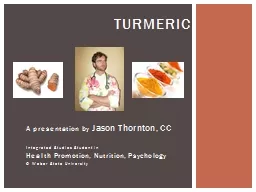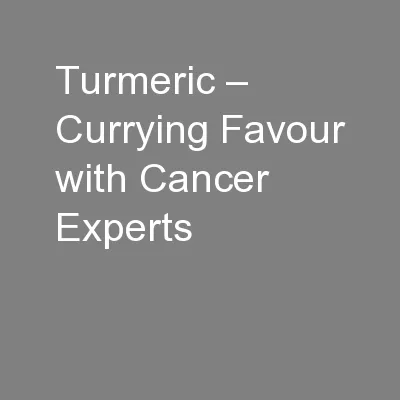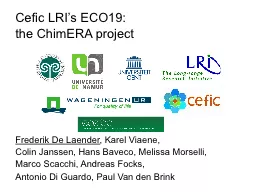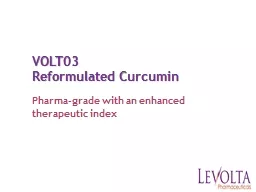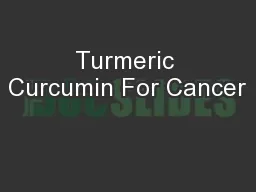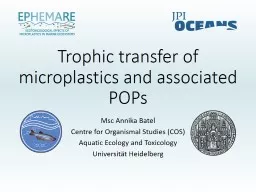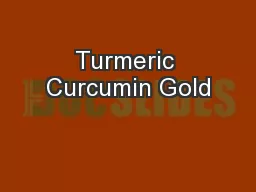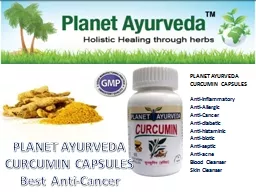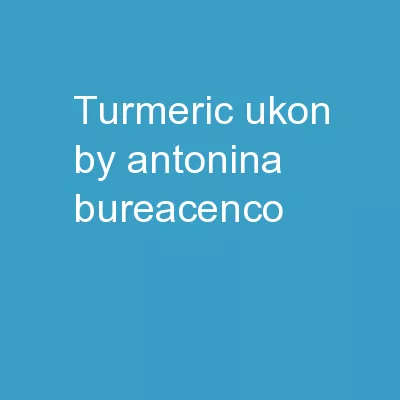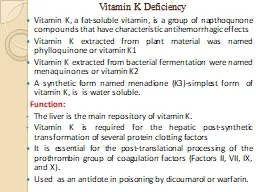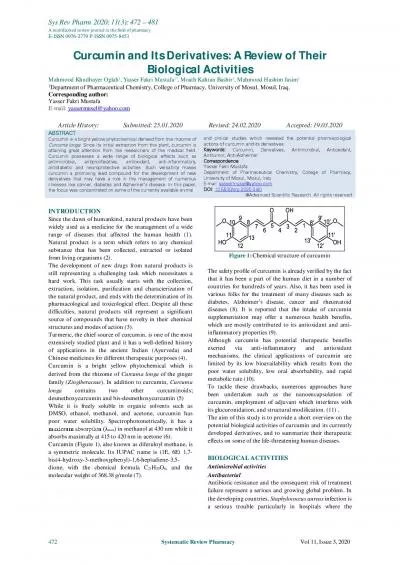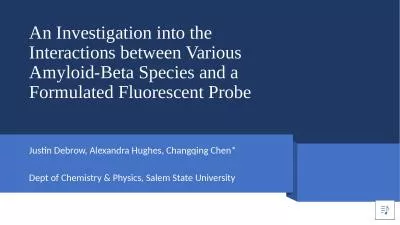PPT-Curcumin and Vitamin E Protect against Adverse Effects of Benzo[a]pyrene in Lung Epithelial
Author : jovita | Published Date : 2022-05-18
Wenbin z meghan mc qingsong c tangfeng l kamaleshwar s weimin g Danielle Irby Doctor of pharmacy candidate 2019 Mentor Dr Yogesh Kulkarni Background Information
Presentation Embed Code
Download Presentation
Download Presentation The PPT/PDF document "Curcumin and Vitamin E Protect against A..." is the property of its rightful owner. Permission is granted to download and print the materials on this website for personal, non-commercial use only, and to display it on your personal computer provided you do not modify the materials and that you retain all copyright notices contained in the materials. By downloading content from our website, you accept the terms of this agreement.
Curcumin and Vitamin E Protect against Adverse Effects of Benzo[a]pyrene in Lung Epithelial: Transcript
Download Rules Of Document
"Curcumin and Vitamin E Protect against Adverse Effects of Benzo[a]pyrene in Lung Epithelial"The content belongs to its owner. You may download and print it for personal use, without modification, and keep all copyright notices. By downloading, you agree to these terms.
Related Documents

![PPT-Curcumin and Vitamin E Protect against Adverse Effects of Benzo[a]pyrene in Lung Epithelial](https://thumbs.docslides.com/911974/curcumin-and-vitamin-e-protect-against-adverse-effects-of-benzo-a-pyrene-in-lung-epithelial-cells-l.jpg)
